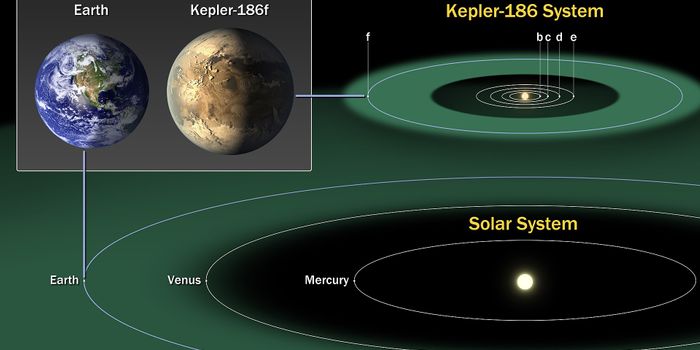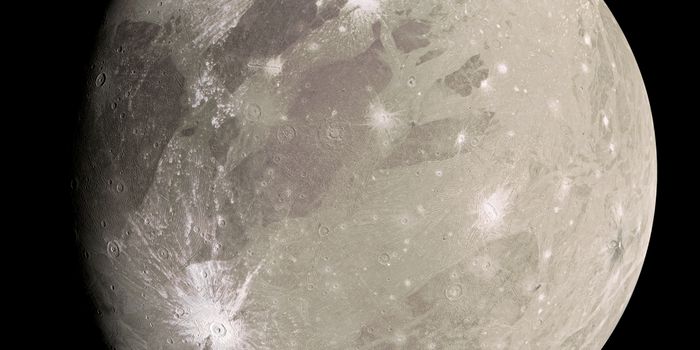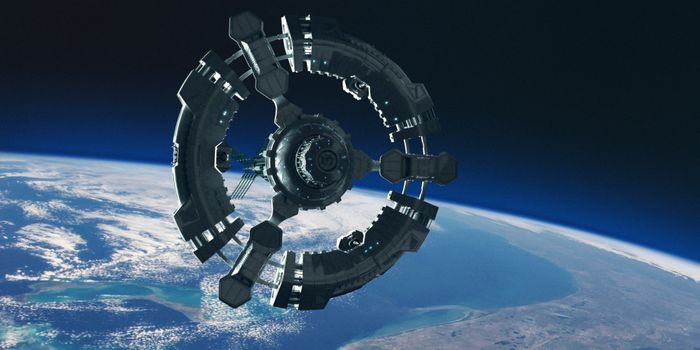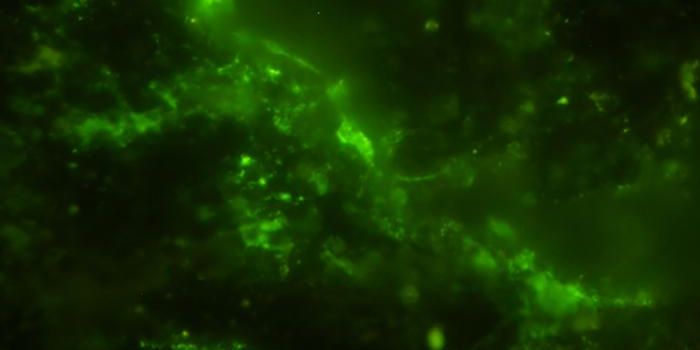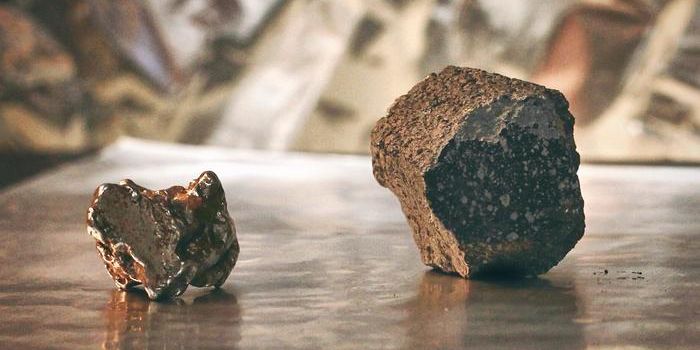NASA Announces December Launch Date for James Webb Space Telescope
Recently, NASA confirmed that the gamut of earth-based testing for the James Webb Space Telescope has been completed. Just this week, another press release from NASA announced a set date for the telescope’s launch into orbit: December 18, 2021. While there have been a number of previously announced launch dates and subsequent pushbacks, this is the first launch date released after Webb has finished construction and testing. All that remains is for the telescope to make its way to Kourou, French Guinea, where it will receive a final review before its heavenly climb.
The Webb project is a deeply collaborative one. The telescope is currently residing at Northrop Grumman facilities in California. The mission is an international program led by NASA in partnership with the Canadian Space Agency and the European Space Agency (ESA). The rocket which will take Webb to space, the Ariane 5, is being provided by the ESA and has already arrived in Kourou. Gregory L. Robinson, Webb’s program director, spoke to the joint effort: “I am inspired by our dedicated team and our global partnerships that have made this incredible endeavor possible. Together, we’ve overcome technical obstacles along the way as well as challenges during the coronavirus pandemic.”
Once Webb makes its stellar journey and completes its multi-month long bootup, it will begin documenting the cosmos. While operating in a slightly different band of wavelengths than Hubble, Webb will unquestionably be a successor to the three-decade old observatory, taking over the lion’s share of new, cutting-edge imagery and scientific endeavors. Luckily, Hubble is still going strong and will likely continue to operate for years to come, but the James Webb Space Telescope is poised to take over as the poster child and inspiration for the next generation of science-doers.
The onset of Webb will be a momentous scientific occasion, as Alise M. Fisher and Natasha R. Pinol write in NASA’s press release, “Webb will reveal new and unexpected discoveries, and help humankind understand the origins of the universe and our place in it.”
Source: NASA
Banner Image Source: DLR German Aerospace Center
Article Image Source: NASA/Chris Gunn


